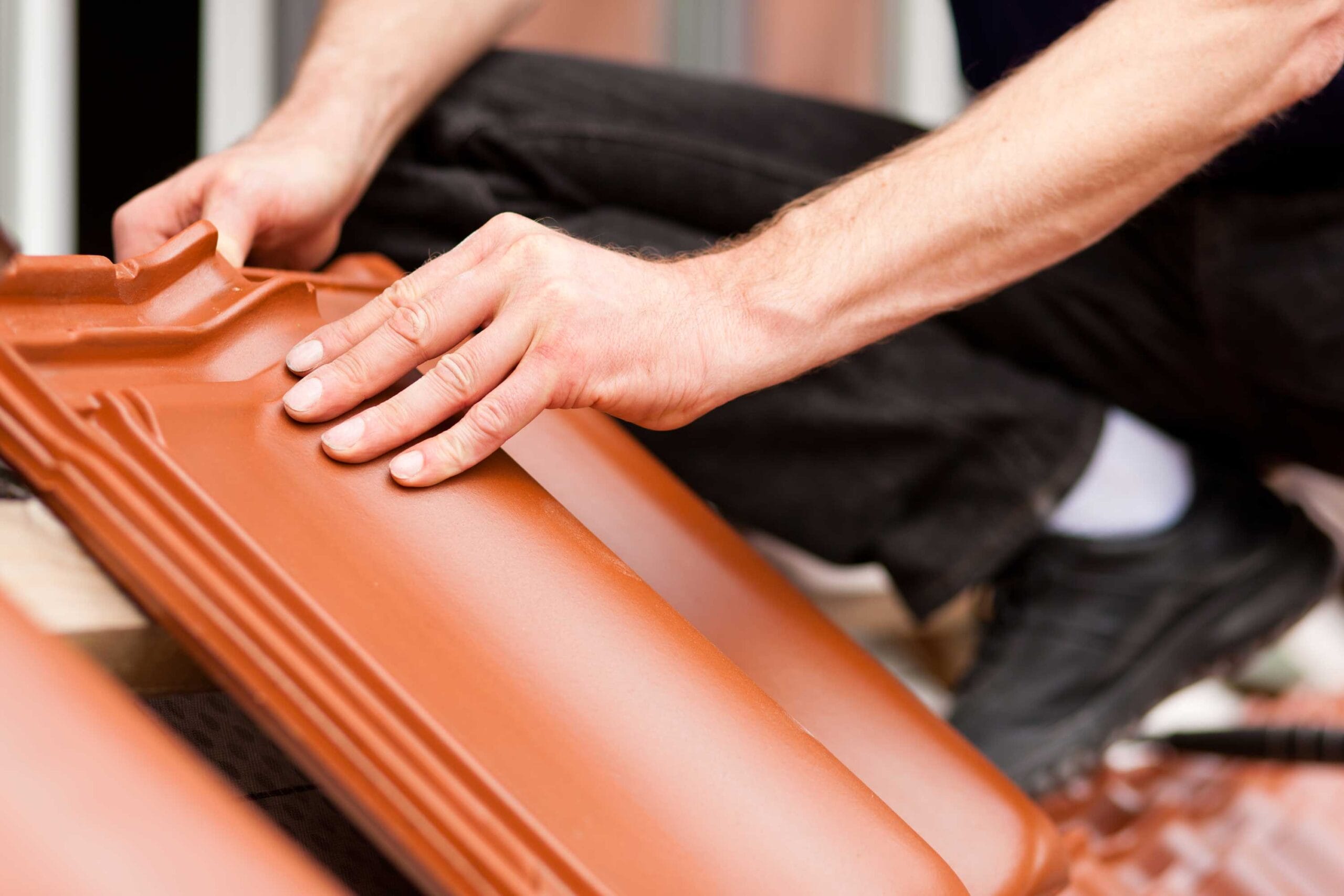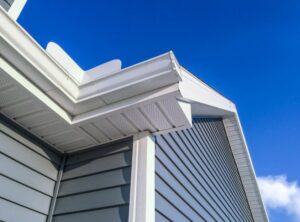Gone Coastal Roofing knows the importance of a sturdy roof when facing Florida’s hurricane season. Are you confident that your roof can withstand the powerful winds and heavy rainfall? Let’s dive into some key indicators to help you assess your roof’s hurricane preparedness.
The age of your roof is a significant factor in determining its hurricane readiness. The average lifespan of a roof varies depending on materials and maintenance. If your roof is nearing or exceeding its expected lifespan, it’s time to consider a replacement. Even if your roof isn’t reaching its age limit, previous storm damage can significantly weaken its structure.
Signs of wear and tear can also indicate a roof that needs repair or replacement. Missing shingles, curling or cupping shingles, granule loss, and leaks are all red flags that your roof may not be able to withstand a hurricane. Missing shingles can expose your roof to the elements, leading to further damage. Curling or cupping shingles indicate that the shingles are deteriorating, reducing their ability to protect your home. Granules are essential for protecting your shingles from UV rays. Excessive granule loss can compromise your roof’s integrity. Leaks, no matter how small, can lead to more significant damage if left unaddressed.
Regular roof inspections are essential for identifying potential issues before they become major problems. A qualified roofing professional can conduct a thorough inspection and recommend necessary repairs or replacements. Additionally, your insurance company may offer free roof inspections.
The materials used in your roof also play a crucial role in its hurricane resistance. Impact-resistant shingles and metal roofing are known for their durability and ability to withstand harsh weather conditions. Impact-resistant shingles are specifically designed to withstand high winds and debris, while metal roofs are known for their strength and longevity.
Proper maintenance is another important aspect of hurricane preparedness. Regularly cleaning your roof to remove debris and trimming overhanging branches can help prevent damage. Removing debris, such as leaves and twigs, from your roof can prevent moisture buildup and potential damage. Trimming overhanging branches can reduce the risk of falling branches damaging your roof during a storm.
If you’re unsure about the condition of your roof or have concerns about its hurricane preparedness, Gone Coastal Roofing is here to help. Our experienced team can provide a thorough inspection and recommend the best course of action to protect your home.
Remember, a hurricane-ready roof is not only essential for protecting your property but also for your peace of mind. Don’t wait until it’s too late. Contact Gone Coastal Roofing today at 941-209-0713 for a free consultation.








